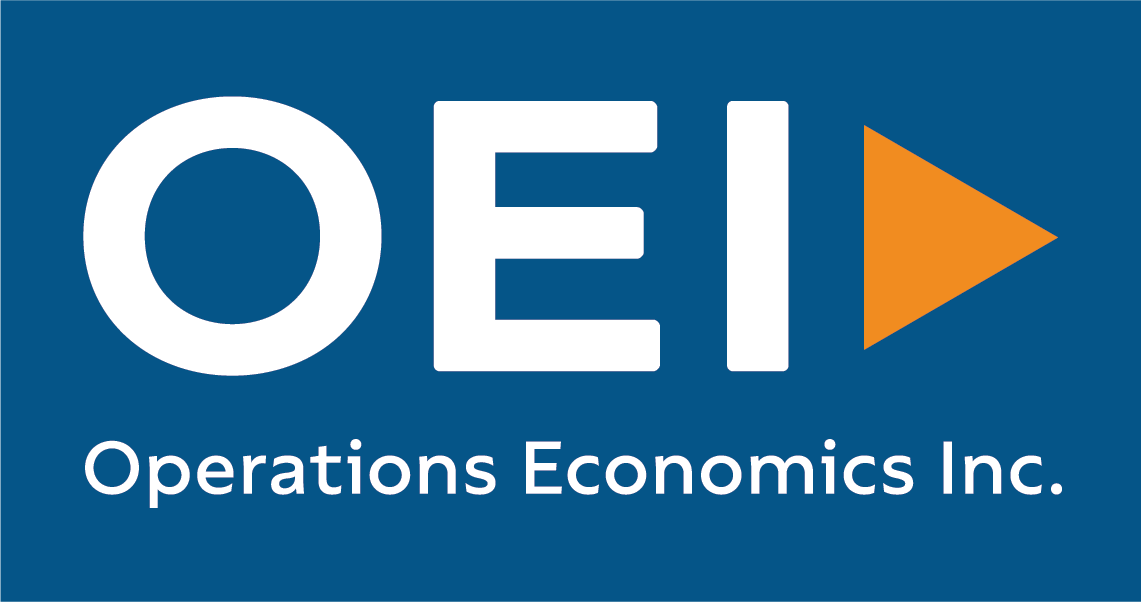
December 20, 2021: Making the business case for reinvestment in a Cameroon shipyard
Working with UK-based marine consultancy The Maritime Group (International) Limited (TMG) and engineering firm Sacré-Davey, OEI developed a business case for the Limbé shipyard owned by CNIC (Chantier Naval et Industriel du Cameroun SA). The business case is being presented to the Cameroon government and the African Development Bank (AfDB) to finance updated infrastructure and equipment investment. The capital expenditure of the project will total more than $350 million.
CNIC: Western Africa Shipyard
CNIC provides shipyard and industrial services for oil rigs, vessels, and major projects in Western Africa. CNIC has sites at Limbé and Cameroon’s economic centre, Douala, but is planning to centralize its operations at Limbé to avoid the complications of navigation on the Wouri River. The Limbé shipyard has operated for more than 30 years but requires significant investment to meet its operating goals and continue to serve current needs. In 2005, a shipyard project to maintain large commercial ships and floating oil rigs commenced. The demand for goods, especially agricultural products, is expected to rise — and with it, ocean-going shipping — helping to improve incomes in both rural and urban areas in the region. The project will also benefit from natural gas development in the Gulf of Guinea.
The Challenge
To obtain investment in infrastructure and equipment, CNIC required a significant capital investment from AfDB. CNIC is primarily owned by departments of the Cameroon government, who would also have to invest in and support the project for CNIC to receive AfDB funding. CNIC contracted the TMG-led team under Captain Malcolm Parrot to analyze the site needs and recommended approach, and to prepare a business approach. The shipyard is one of only a few in central Western Africa, but future needs and required approach were unclear.
OEI’s Response and Recommendations
Working with TMG and Sacré-Davey, OEI prepared the business and financial analysis for the reporting to be presented to AfDB. This included projecting demand, identifying marketing opportunities, and creating financial projections for a 20-year period. Drydock operations include industrial maintenance and repairs including millwork, ship repairs, and work on floating oil rigs. The project recommended dredging the harbour, improving existing facilities, and construction of a 200-tonne floating dry dock for repairs. The completed project is being presented to the Cameroon government and AfDB.
